 Your new post is loading...
 Your new post is loading...

|
Scooped by
Mickael Ruau
September 16, 2021 6:57 AM
|
Avant d’entrer dans le vif du sujet, il est nécessaire de préciser deux notions : - On désigne par service un service métier, c’est à dire un groupe de services techniques (REST, SOAP…) qui, ensemble, fournissent une fonctionnalité qui a un sens métier.
- Projet designe un projet de développement informatique sur l’ensemble de son cycle de vie
et pas seulement pendant sa « phase projet » avant une bascule en mode maintenance. 1) Pourquoi les microservices : les problèmes des gros projets L’architecture microservices a été inventée pour résoudre certaines des difficultés causées par les gros projets. Avec le temps, les projets informatiques ont tendance à grossir : on étend petit à petit les fonctionnalités existantes, on en ajoute d’autres, et on supprime rarement les anciennes. En même temps que le code et le projet s’étendent, un certain nombre de douleurs apparaissent

|
Scooped by
Mickael Ruau
September 15, 2021 7:37 AM
|
Découvrez comment les conceptions qui utilisent des microservices peuvent optimiser la vélocité des lancements d’application en déployant de petits services autonomes de façon indépendante.

|
Scooped by
Mickael Ruau
September 15, 2021 6:03 AM
|
This article on Microservices Design Patterns talks about the top design patterns you must follow to build a successful microservices architecture.

|
Scooped by
Mickael Ruau
July 21, 2021 10:05 AM
|
With a bucket of Legos, you can tell any story. You can build an airplane or a dragon or a pirate ship—it’s whatever you can imagine.
Christopher Miller One of the hallmarks of any digital transformation is increased speed and agility. Decisions need to be made more quickly using data and algorithms. Digital services need to be created rapidly to capture new revenue streams and increase customer experience. You might have heard your CTO or Chief Architect (or AWS) talk excitedly about a new software architecture that is going to save your business, make it more agile, innovative, and solve world hunger called microservices. Much has been written about the technical aspects of microservices architecture, but the non-technical aspects (business, organization, etc.) of microservices I find are not covered with the same frequency or energy. But before I cover the non-technical aspects of microservices, I think it’s worth trying to explain it in layman’s terms and the connection to business value.

|
Scooped by
Mickael Ruau
July 8, 2021 7:27 AM
|
I personally feel that micro (service) architecture has officially made it’s way over to front end architecture. This means that it is now important for a UI Engineer, to be aware of wha

|
Scooped by
Mickael Ruau
July 5, 2021 6:14 AM
|
Martin Fowler defined the Micro-Frontend architecture as ""An architectural style where independently deliverable frontend applications are composed into a greater whole"

|
Scooped by
Mickael Ruau
April 28, 2021 5:22 AM
|
We have prepared this eMag for you with content created by professional software developers who have been working with microservices for quite some time. If you are considering migrating to a microservices approach, be ready to take some notes about the lessons learned, mistakes made, and recommendations from those experts.

|
Scooped by
Mickael Ruau
April 27, 2021 1:55 AM
|
Chris Richardson talks about the common antipatterns found in microservice architectures and discusses the decision-making process for their adoption.

|
Scooped by
Mickael Ruau
January 15, 2021 6:25 AM
|
In these concise O'Reilly reports, Jonas Bonér, co-author of the Reactive Manifesto & creator of the Akka project, provides architects and technology leaders with an overview of the principles and str

|
Scooped by
Mickael Ruau
October 1, 2020 9:35 AM
|
Microservices - also known as the microservice architecture - is an architectural style that structures an application as a collection of loosely coupled services, which implement business capabilities. The microservice architecture enables the continuous delivery/deployment of large, complex applications. It also enables an organization to evolve its technology stack.

|
Scooped by
Mickael Ruau
July 16, 2020 8:17 AM
|
When a client makes a request to a microservice, behind it will be a network of microservices to cooperate and all together will produce a response. In this kind of architecture, a single client request is dispatched by a network of microservices.
On the other hand, a single API will handle a client request, and the request will be dispatched with the cooperation of several components organized in layers inside the same API. Usually, one layer will have the controller, other layer will contain services, and at the bottom you will find repository objects.
In that way, an API architecture is arranged in layers, while a microservice architecture is disposed as a network.
If you want to know more about cloud computing and microservices you can review related content in below references.

|
Scooped by
Mickael Ruau
March 30, 2020 2:00 AM
|
Tom Wilkie shares Weaveworks monitoring philosophy and the three most important metrics to use in your microservices architecture.

|
Scooped by
Mickael Ruau
March 19, 2020 5:29 AM
|
Le FaaS ou Function-as-a-Service (fonction en tant que service) % est un type de service Cloud permettant de déployer une fonction de logiciel sur le Cloud.
|

|
Scooped by
Mickael Ruau
September 15, 2021 7:40 AM
|
Microservice Architecture, Database per Microservice, Event Sourcing, CQRS, Saga, BFF, API Gateway, Strangler, Circuit Breaker, Externalize Configuration, Consumer-Driven Contract Testing

|
Scooped by
Mickael Ruau
September 15, 2021 6:04 AM
|
Learn about the design patterns of microservice software architecture to overcome challenges like loosely coupled services, defining databases, and more.

|
Scooped by
Mickael Ruau
August 17, 2021 5:54 AM
|
Use the guidance in this ebook about building microservices to learn what a microservice is, and why you might need a microservices architecture to make your applications faster, more flexible, and more stable.

|
Scooped by
Mickael Ruau
July 12, 2021 1:57 AM
|
One of the most useful design principles that I've found and followed is that of keeping a good separation between the presentation aspects of a program (the user interface) and the rest of the functionality. Over the years where I've seen this done, I've seen plenty of benefits: - Presentation logic and domain logic are easier to understand when separate.
- You can support multiple presentations on the same base program without duplicating code.
- User interfaces are hard to test, separation keeps more logic in more testable places.
- You can easily add a programmatic API for scripting or exposed as services (I actually see these as alternative presentations).
- Presentation code requires different skills and knowledge to domain code.

|
Scooped by
Mickael Ruau
July 8, 2021 1:26 AM
|
Assurer la qualité des microservices grâce à des tests de bout en bout peut entrer en conflit avec l'intégration et la publication rapides de composants logiciels grâce à un pipeline CI/CD automatisé. Si un test de bout en bout échoue, les pipelines CI/CD de tous les microservices impliqués sont bloqués jusqu'à ce que le problème provoquant l'échec du test soit résolu.

|
Scooped by
Mickael Ruau
May 3, 2021 5:33 AM
|
This eMag takes a deep dive into the techniques and culture changes required to successfully test, observe, and understand microservices.

|
Scooped by
Mickael Ruau
April 27, 2021 5:21 AM
|
This eMag aims to remove some of the confusion around the topic of "service mesh", and help architects and technical leaders to choose if, when, and how to deploy a service mesh. A "service mesh" manages service-to-service communications across a compute cluster, and handles dynamic service discovery and routing, and also provides cross-cutting support for observability, reliability, and security

|
Scooped by
Mickael Ruau
February 8, 2021 8:16 AM
|
Segment a choisi une architecture microservices pour gagner en isolation système, quitte à avoir un coût opérationnel plus élevé. Trois ans plus tard, l'équipe a décidé de revenir à un monolithe. A la QCon de Londres, Alexandra Noonan a expliqué pourquoi, et a souligné l'importance d'évaluer les contreparties de nos choix d'architecture.

|
Scooped by
Mickael Ruau
October 16, 2020 6:28 AM
|
La JVM est une pièce centrale de l'écosystème #Java, mais elle s'adapte mal aux #microservices ayant une courte durée de vie ou aux conteneurs. L'alternative ? native image. @sdeleuse nous invite à découvrir pros et cons de cette technologie !

|
Scooped by
Mickael Ruau
July 28, 2020 10:23 AM
|
The microservice architectural style presents challenges for
organizing effective testing, this deck outlines the kinds of
tests you need and how to mix them.

|
Scooped by
Mickael Ruau
July 8, 2020 2:13 AM
|
Organisations need to adopt EventStorming for domain modelling their microservices, even ThoughtWorks agrees. But EventStorming goes beyond that.

|
Scooped by
Mickael Ruau
March 27, 2020 2:54 AM
|
Monitoring microservices effectively still can be a challenge, as many of the traditional performance monitoring techniques are ill-suited for providing the required granularity of system performance. Now a former Google and Weave engineer has developed an approach, called the RED Method, that seems to be gaining favor with administrators. RED “encourages you to come to …
|



 Your new post is loading...
Your new post is loading...



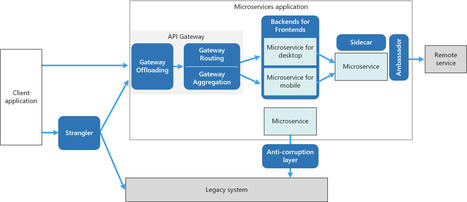
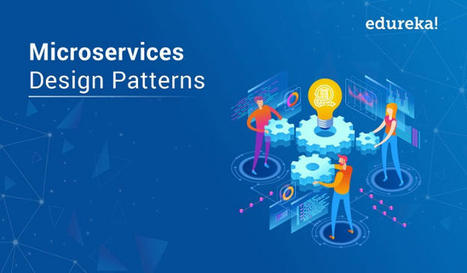

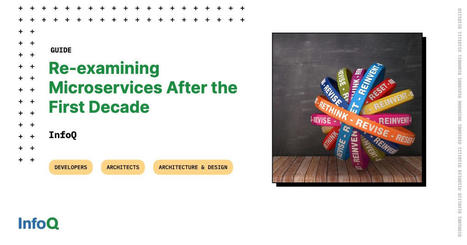
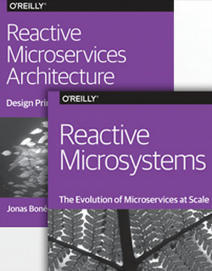
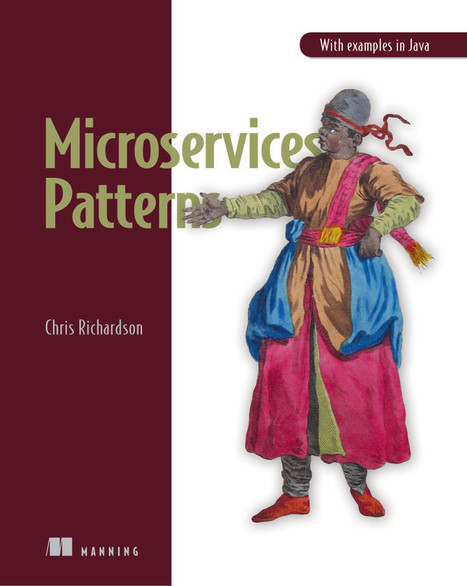




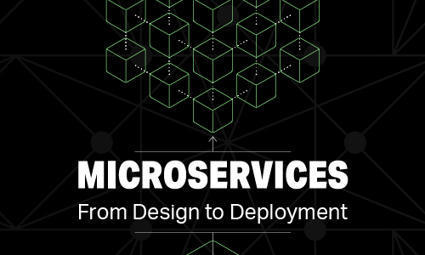





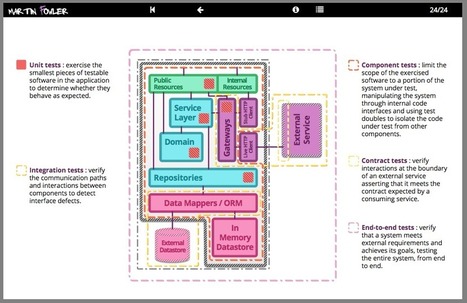







Stratégie et gouvernance
Pour des gros projets liés aux produits de l’entreprises, la vision stratégique vient directement du métier. Les partenaires étant peu nombreux, il est facile d’arbitrer entre les différentes demandes en fonction du poids de chacun.
Avec des microservices, beaucoup de projets techniques seront éloignés du business et auront de nombreux interlocuteurs. Il faut donc une organisation mature dans sa communication, sa gestion des priorités et dans ses mécanismes de priorisation.
L’approche fondamentale de la SOA consiste à garder le contrôle de la complexité organisationnelle et métier en la distribuant.
En séparant les projets, on diminue la complexité sur certains axes en échange d’un surcoût à d’autres endroits, notamment celui d’avoir un système plus distribué.
On peut avoir des monolithes bien organisés, scalables, évolutifs…, mais cela demande une forte discipline de tous les instants. L’architecture microservices choisit de ne pas prendre ces risques pour être certain de garder le contrôle.
Par contre, si cela est mis en œuvre dans un environnement mal adapté ou d’une mauvaise manière, on va cumuler les inconvénients sans bénéficier des avantages, et on prend alors beaucoup plus de risques que dans une architecture de services plus classique.
Donc surtout ne vous dites pas qu’il vous faut des microservices, demandez-vous :
Dans ce cas seulement posez vous la question.
Et n’oubliez pas qu’une architecture est un outil qu’on adapte à ses besoins et pas un dogme à respecter : si ce qui vous convient est une solution hybride reprennant certaines des idées des microservices et pas d’autres, lancez vous !
Une fois décidé qu’une architecture microservices est la bonne solution, encore faut-il parvenir à la mettre en place.
S’il n’y a pas de solution magique, quelques approches semblent émerger.
Le cas difficile : partir de zéro
La situation la plus attirante est celle d’un nouveau système à créer à partir de zéro : rien à remettre en cause ni à gérer, cela semble la situation idéale.
Malheureusement partir sur des microservices à partir de rien représente le cas le plus difficile :
À moins d’être déjà mature sur un sujet, il vaut mieux donc partir sur un monolithe dans un premier temps.
Le cas favorable : peler un monolithe
Le cas le plus favorable est celui monolithe qu’on « pèle ». En examinant son organisation et sa structure, on va externaliser les morceaux à la bordure du système suivant les lignes de découpe qui sont apparues naturellement.
L’objectif n’est pas de se retrouver avec 50 mini-projets mais plutôt :